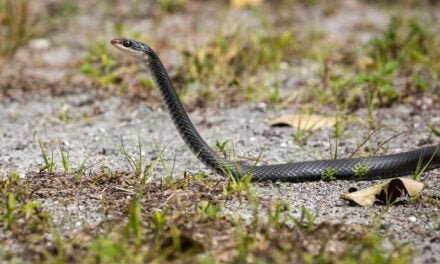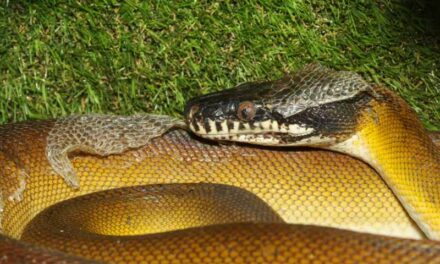North America is home to a diverse range of snake species, and it can be difficult for the untrained eye to tell them apart. The Blue Racer Snake (Coluber constrictor foxii) is a non-venomous species that can be found in a wide range of habitats, including fields, forests, and grasslands. In this blog, we will explore how to distinguish the Blue Racer Snake from other North American snakes.
Physical Characteristics of the Blue Racer Snake
The Blue Racer Snake is a long, slender snake with a pointed head and smooth scales. They have a distinct blue-grey coloration on their upper body, which fades to white on their belly. Blue Racers can grow up to six feet in length, making them one of the largest snake species in North America.
Distinguishing Characteristics
One of the most distinctive characteristics of the Blue Racer Snake is its speed. They are known for their ability to move quickly and are often mistaken for venomous species such as the Eastern Diamondback Rattlesnake. However, unlike venomous snakes, Blue Racers do not have triangular-shaped head or distinctive facial markings.
Another way to distinguish Blue Racers from other North American snakes is by their behavior. They are active during the day and are often seen basking in the sun to regulate their body temperature. They also have a unique defensive behavior where they will vibrate their tails rapidly against leaves or grass, creating a sound that can be mistaken for a rattlesnake. This behavior is used to intimidate predators and deter them from attacking.
Similar Species
While the Blue Racer Snake has a number of distinguishing characteristics, there are several other snake species in North America that can be easily confused with it. One such species is the Eastern Coachwhip (Coluber flagellum), which also has a long, slender body and smooth scales. However, Eastern Coachwhips are typically brown or reddish in color and lack the distinct blue-grey coloring of the Blue Racer Snake.
Another species that can be confused with the Blue Racer is the Eastern Ratsnake (Pantherophis alleghaniensis), which has a similar blue-grey coloration. However, Eastern Ratsnakes have keeled scales and a blotched pattern on their body, while Blue Racers have smooth scales and a more uniform coloration.
Conclusion: Identifying the Blue Racer Snake and other North American snake species can be a challenging task. However, by understanding the distinguishing characteristics of each species, it is possible to tell them apart and appreciate their unique place in the ecosystem.
The Blue Racer Snake is a fascinating species that plays an important role in controlling rodent populations and maintaining the balance of North American ecosystems. By learning to identify and appreciate these creatures, we can work towards their protection and conservation.





